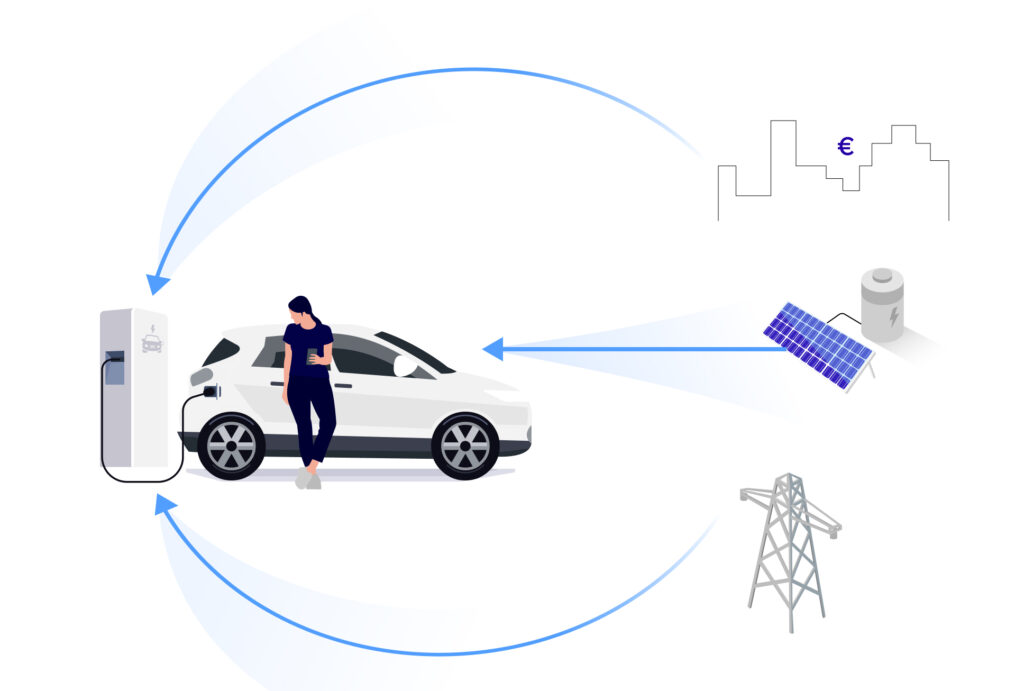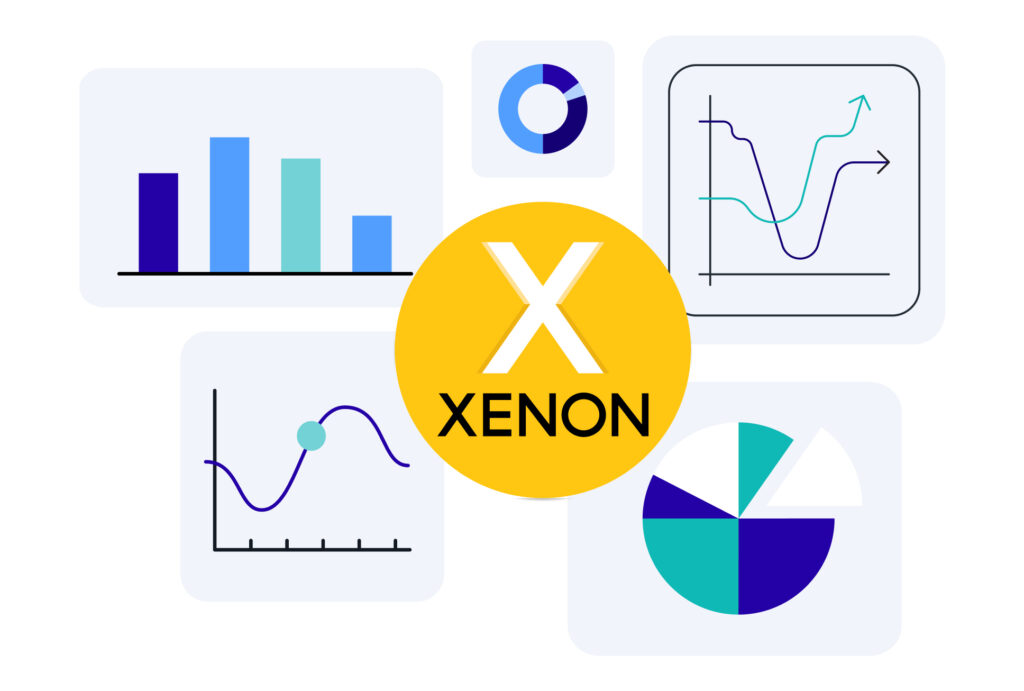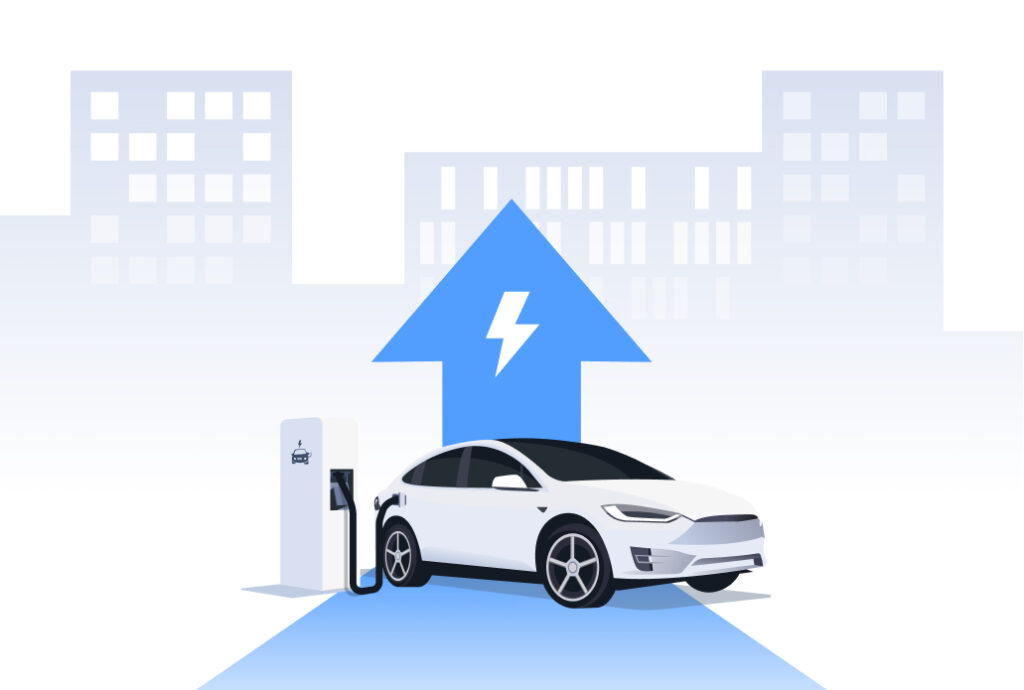Undoubtedly, Germany has always played a prominent role in the automotive market. However, the overwhelming arrival of electric vehicles (EV) is affecting some companies.
Meanwhile, the international industry has long focused its attention on this type of mobility.
“European automotive lobbyists have been reluctant to embrace this technological change,” says Tim Steinmetz, Managing Director and Chief Growth Officer at gridX, in an interview with Mobility Portal Europe.
He further adds: “They need to significantly catch up with their transatlantic and Asian competition.”
Nevertheless, this market does not seem to be fully supported by the German government, which is increasingly reducing incentives for companies.
Especially with the recent measure they introduced, which stipulates that only those who use electric cars exclusively for private purposes can apply for the environmental bonus.
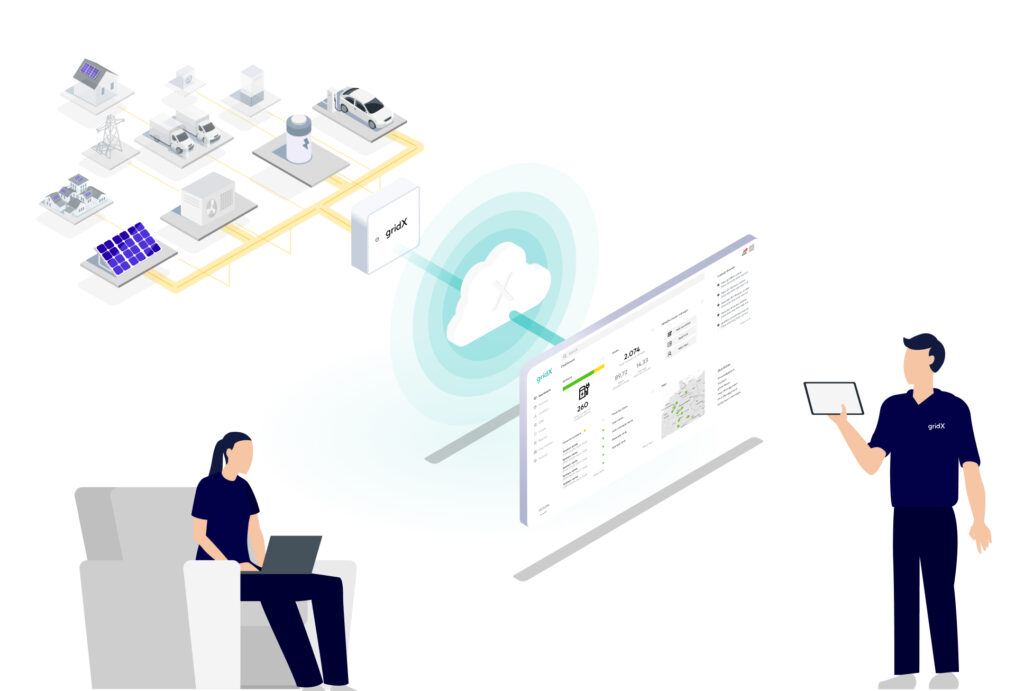
This means that commercial purchase, leasing, or employee leasing is no longer possible, and companies will no longer receive the subsidy.
Not only that, but gridX also emphasizes the need to promote accessible charging for everyone since “a successful shift to eMobility requires more than just EVs.“
Currently, Germany has 91,149 public charging points, while its goal for 2030 is to reach one million.
Despite representing significant progress, there is a need to establish infrastructure equitably to ensure that all communities have access to charging hubs.
This is especially important for those who cannot do it at home or who travel long distances.
In this context, it is necessary to expand the capacity of the electrical grid to cope with the high demands generated when multiple vehicles charge simultaneously.
As well as offering incentives for comprehensive energy solutions, not just for building pure charging infrastructure.
It is essential to modernize and digitize the existing one and standardize protocols and interfaces, which are necessary to scale smart energy management products.
“A crucial part of this is deploying smart energy management at scale to intelligently control consumption,” says Steinmetz.
At this point, gridX plays a crucial role
The software-as-a-service provider facilitates its partners in building future-proof energy management solutions, thereby streamlining the effective achievement of their business goals.
Currently, according to the Managing Director and Chief Growth Officer, gridX is expanding its commercial presence throughout Europe.
For this reason, they are actively seeking B2B partners with suitable business models in new markets.
“At the moment, we see great momentum in a couple of regions such as Benelux, the Nordics as well as Italy and Spain and are expanding there on a higher scale,” he anticipates in this regard.
In this framework, the leading smart energy company in Europe aims for significant growth by 2024, both in business and employees.
The company was founded in Germany in 2016, where they maintain their main operations, although their collaborators have successfully implemented their systems in a total of 15 countries.
They have XENON, a manufacturer-independent IoT platform that allows its customers to connect, monitor, and control distributed energy resources.
This gives them seamless, fast, and easy access to smart energy management, allowing them to optimize energy flows at any site, from EV charging stations to logistics centers and private homes.
Among gridX’s clients are mainly new energy service startups, charging point operators, and electric mobility service providers.
Some notable firms in their portfolio are Soly, E.ON, Viessmann Group, Homenergy, Fastned, ChargePoint, Claus Heinemann Elektroanlagen GmbH, and Swiss Post.
In this way, the company provides comprehensive service and support to guide them in developing their strategy, driving their operational readiness, and maintaining stability through change.
It also gives maximum flexibility to develop an energy management system according to the specific requirements of the country.
To achieve this, it offers a variety of modules in XENON, allowing customers to scale solutions with low development effort.
“This is ideal for partners with significant growth ambitions,” emphasizes Steinmetz.
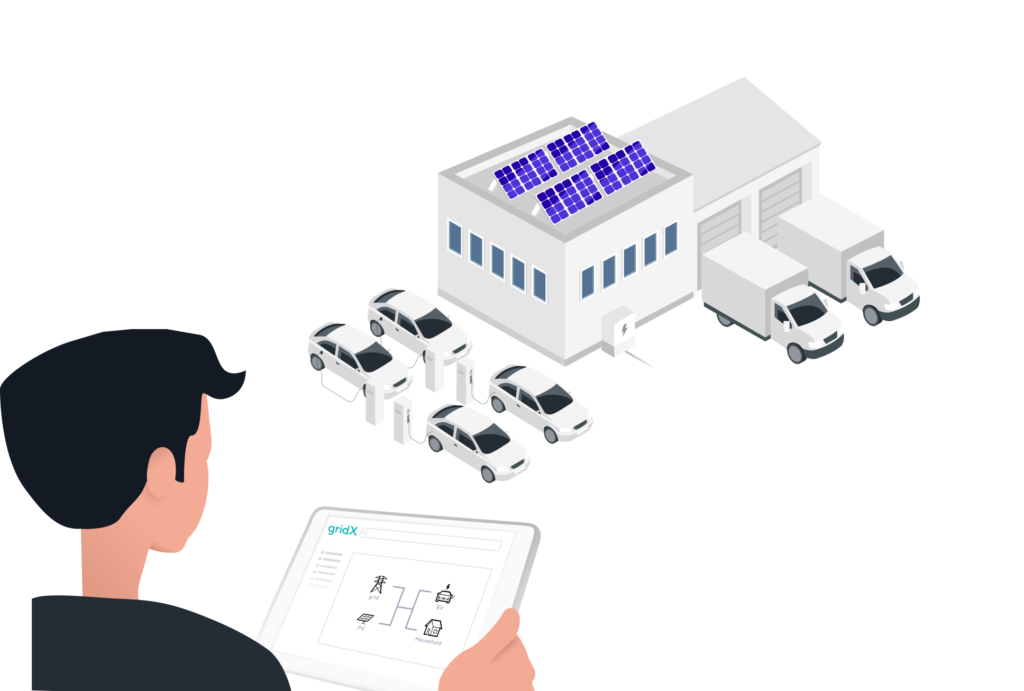
gridBox: The success story of gridX
Recently, the company achieved a significant milestone in the production of the IoT gateway for its energy management system.
The gridBox can be installed in less than 10 minutes at any site and allows real-time energy management, as well as offline functionality in case of connection loss.
Until the end of November, more than 40,000 gridBoxes were produced and shipped to customers for the first time, demonstrating their ongoing contribution to a successful energy transition.
Together with the XENON platform, they make up gridX’s smart energy management system which will provide the digital infrastructure of our future energy system.
